Rabbit Ears Pass, Colorado Road Conditions (webcams via CDOT)
|
Rabbit Ears Pass: Gateway to the Yampa Valley and the Heart of the Rockies
Rabbit Ears Pass, Colorado Road Conditions. Stretching across the Continental Divide in northern Colorado, Rabbit Ears Pass is more than just a scenic mountain crossing—it’s a geological marvel, a cultural landmark, and a vital artery connecting the high country to the western slope. Located along U.S. Highway 40 between Kremmling and Steamboat Springs, the pass has long served as a threshold between ecosystems, economies, and eras.
A Name from the Land
Rabbit Ears Pass takes its name from the nearby Rabbit Ears Peak, a striking volcanic formation that resembles a pair of upright rabbit ears. These basalt spires, remnants of ancient lava flows, rise dramatically from the Park Range and have long served as a visual marker for travelers approaching the Yampa Valley. Early trappers and explorers used the peak as a navigational aid, and the name stuck.
The pass itself sits at an elevation of 9,426 feet and straddles the boundary between Jackson and Grand counties to the east and Routt County to the west. It separates the headwaters of the North Platte River from the Yampa River basin and is one of the few year-round routes across the Continental Divide in this part of the state.
Indigenous Presence and Early Exploration
For centuries before European contact, the region was home to the Ute people, who hunted, fished, and traveled through the high country during seasonal migrations. The area’s abundant wildlife, alpine meadows, and hot springs made it a vital part of their cultural and subsistence landscape.
Spanish explorers passed through the broader region in the 18th century, and by the early 1800s, French trappers and American mountain men were navigating the area’s rivers and ridgelines. The pass became a known route for fur traders and later for settlers moving westward.
The Road to the West
The modern history of Rabbit Ears Pass began in earnest in the early 20th century. In 1911, construction began on a highway over the pass, a joint effort by the state of Colorado, the U.S. Forest Service, and local counties. The road was completed in 1917 and improved in 1919, becoming one of the most important transcontinental links in the nation.
Unlike many mountain passes that rise steeply and descend quickly, Rabbit Ears Pass climbs to around 10,000 feet and maintains that elevation for several miles. This unique topography, combined with heavy snowfall, makes it one of Colorado’s snowiest and most challenging winter roads. Yet it remains open year-round, a testament to its importance as a transportation corridor.
Routt County and the Yampa Valley
Rabbit Ears Pass serves as the eastern gateway to Routt County and the Yampa Valley, a region rich in natural resources and cultural heritage. Routt County was established in 1877 and named for John Long Routt, Colorado’s last territorial and first state governor. The area’s development was fueled by mining, ranching, and the arrival of the railroad in Steamboat Springs in 1909.
The Yampa Valley, sheltered by the Park and Flat Tops ranges, became known for its fertile soil and abundant hay production. Steamboat Springs, the county seat, grew into a hub for agriculture, tourism, and winter sports. The opening of Howelsen Hill in 1915 and Mount Werner Ski Area in 1964 cemented the region’s reputation as a skiing destination.
Ecology and Geology
Rabbit Ears Pass lies within the Routt National Forest and encompasses a diverse range of ecosystems. The area is dominated by spruce, fir, and aspen forests, with sagebrush and wildflowers carpeting the lower slopes. The pass supports a wide array of wildlife, including elk, moose, black bears, foxes, and snowshoe hares. In winter, the deep snowpack creates a subnivean zone—an insulating layer beneath the snow that shelters small mammals like voles and shrews.
Geologically, the region is a showcase of volcanic history. Rabbit Ears Peak is composed of pink tuff, red ash, and basalt, evidence of multiple volcanic episodes. The surrounding terrain includes layers of Niobrara, Pierre, and Coalmount formations, which support varied vegetation and soil types.
Recreation and Conservation
Today, Rabbit Ears Pass is a year-round playground for outdoor enthusiasts. In summer, hikers and mountain bikers explore trails like the route to Rabbit Ears Peak, which begins near Dumont Lake. Anglers cast lines in alpine lakes, and campers enjoy dispersed sites throughout the forest. In winter, the pass becomes a haven for snowmobiling, cross-country skiing, and snowshoeing. Designated zones separate motorized and non-motorized users to minimize conflicts and protect wildlife habitats.
The area’s popularity has prompted efforts to balance recreation with conservation. Seasonal closures and trail boundaries help preserve sensitive environments and ensure sustainable use. The pass also plays a critical role in regional hydrology, with its snowpack feeding rivers and reservoirs that supply water to communities downstream.
A Living Landmark
Though lower in elevation than some of Colorado’s more famous passes, Rabbit Ears holds a special place in the state’s geography and imagination. It marks the transition from the high plains to the alpine West, from the North Park basin to the Yampa Valley. For travelers cresting the summit and catching their first glimpse of the “rabbit ears” on the horizon, it’s a moment of arrival—into a landscape shaped by fire, ice, and time.
As Colorado continues to grow and evolve, Rabbit Ears Pass remains a vital link to the past and a gateway to the future. Whether blanketed in snow or bursting with wildflowers, it invites exploration, reflection, and a deep appreciation for the land it traverses.
For more information, visit the Rabbit Ears Pass, Colorado official website.

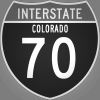
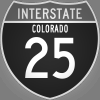
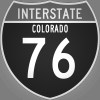




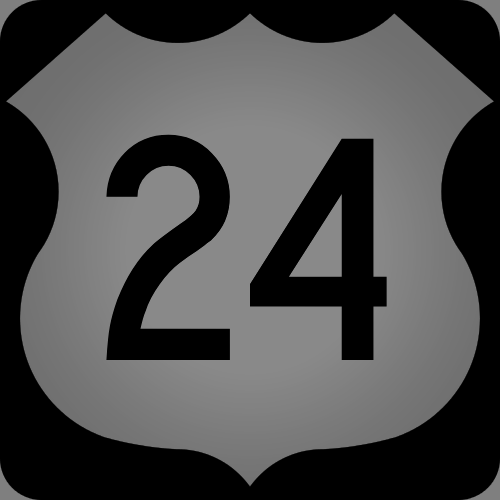















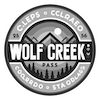

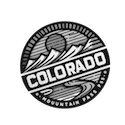
 Link to Rabbit Ears Pass Weather Sensor Info
Link to Rabbit Ears Pass Weather Sensor Info 




